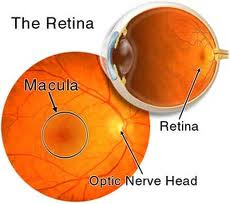
Japanese scientists have used ES cells to grow a primordial retina. From the story:
The team from the Institute of Physical and Chemical Research in Japan, first cultivated embryonic stem cells in a test tube and then added proteins to trigger them into developing. They hoped that they would form a recognisable organ but were still stunned when over 10 days they clustered together and began to grow the “optical cup” of a retina. Tests showed that the cells were functioning normally and were capable of communicating with each other.
It is striking that the scientists didn’t know what they would get, if anything, when they added the protein. So much to learn. This is one reason why animal research is so important. It provides basic biological knowledge that can then be used to develop a more a sophisticated understanding and enable applied undertakings.
The same could be said of human ESC, of course, which is why those who claim it has no scientific merit are off base. But that is beside the point. ESCR isn’t a science dispute but a controversy over ethics. Let’s try and use this knowledge in human IPS cells and see what happens.
Time is short, so I’ll be direct: FIRST THINGS needs you. And we need you by December 31 at 11:59 p.m., when the clock will strike zero. Give now at supportfirstthings.com.
First Things does not hesitate to call out what is bad. Today, there is much to call out. Yet our editors, authors, and readers like you share a greater purpose. And we are guided by a deeper, more enduring hope.
Your gift of $50, $100, or even $250 or more will bring this message of hope to many more people in the new year.
Make your gift now at supportfirstthings.com.
First Things needs you. I’m confident you’ll answer the call.



